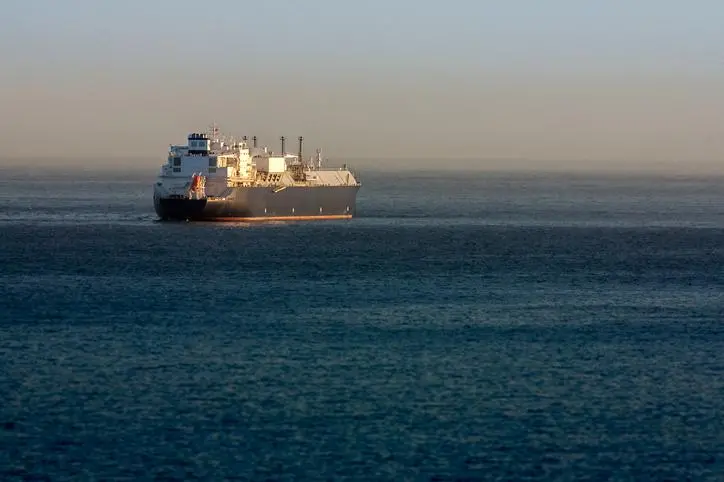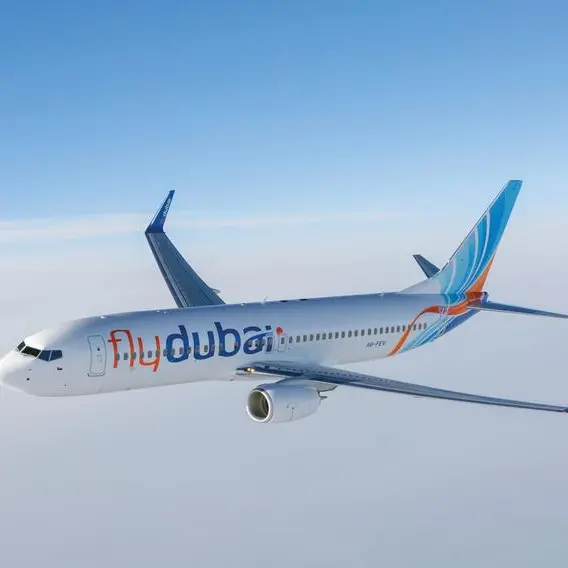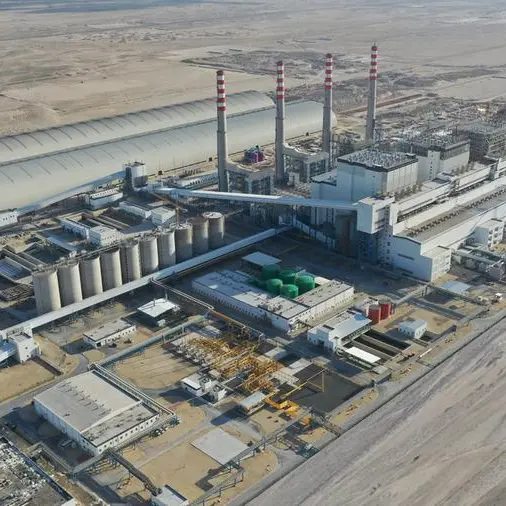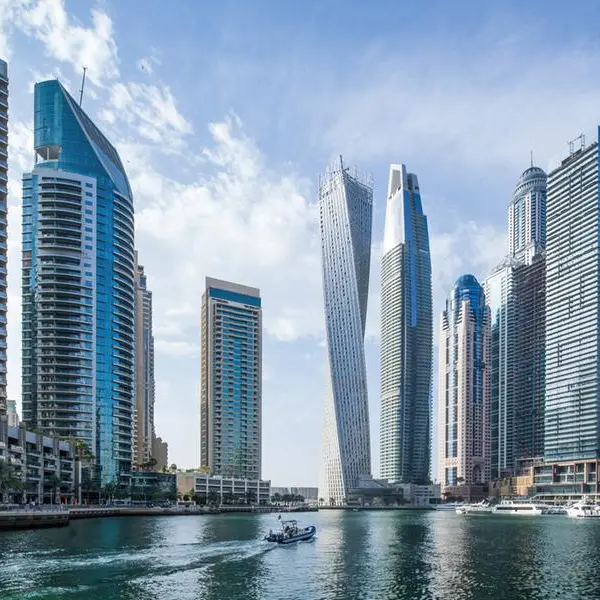PHOTO
Majority state-owned Oman LNG achieved revenues of $3.485 billion in 2019 – a year characterised by a new production high, record cargo deliveries and the start of a landmark rejuvenation programme targeting the company’s Qalhat liquefaction complex
Earnings were marginally lower than the previous year’s high of $3.505 billion, the company stated in its newly published 2019 Annual Report. However, Net Income After Tax (NIAT) was higher at $1.112 billion last year, up from $1.079 billion in 2018.
In comparison with Oman LNG’s Business Plan, revenues and net income were up 16 per cent and 32 per cent respectively, driven by improved oil prices and additional gas supplies as feedstock for liquefaction, it said.
Dr Mohammed bin Hamad al Rumhy, Minister of Oil and Gas and Chairman of Oman LNG’s Board of Directors, said the company “reaped the rewards” of its investments in a string of major projects, notably the Plant Rejuvenation Programme, Debottlenecking Project and a new power plant.
“Consequently our utilisation and production levels have reached new highs in efficiency and capacity. We were therefore able to deliver the greatest number of cargoes in the history of the company, which reflects another outstanding milestone. This has enabled our company to maintain its robust position and reputation as a reliable and trusted supplier of liquefied natural gas to our long-term customers, and the wider gas market,” said Dr Al Rumhy.
Harib al Kitani, CEO, described 2019 as a “phenomenal year” punctuated by many accolades as evidence of its performance. “Despite facing many challenges including the changing market dynamics as liquefied natural gas continues to establish itself as the fuel of choice, the year proved to be the culmination of many years of hard work, dedication, and our deliberate focus to optimise all our resources, resulting in an exceptionally successful outing on many indices.”
Buoyed by new gas volumes, output soared to 10.7 million tonnes of LNG during 2019, surpassing the plant’s nameplate capacity of 10.4 million tonnes per annum. This output was shipped to destinations around the world in a record 166 cargoes. Significantly, 46 of these cargoes were generated by Qalhat LNG, which owns the third of the three-train liquefaction complex operated by Oman LNG.
Thanks to the company’s far-reaching plant rejuvenation investments, three LNG cargoes were generated as a result and sold in the fourth quarter of 2019, netting Oman LNG’s additional revenues.
A key production milestone came in November last year when Oman LNG shipped its 2,500th LNG cargo of its two-decades-long operations. In addition, 43 cargoes of natural gas liquids (NGLs) – a commercially valuable byproduct of LNG processing – were produced and shipped during the year as well.
Another key highlight of 2019 was the successful repayment of Oman LNG’s $2 billion loan facility obligation ahead of schedule – a move that attested to its robust financials, the company said.
“The combination of our ability to respond efficiently to market demand, prudent management of costs, and keeping our operating expenditures under control, has reflected positively on our revenues and post-tax income,” Dr Al Rumhy added in conclusion.
2020 © All right reserved for Oman Establishment for Press, Publication and Advertising (OEPPA) Provided by SyndiGate Media Inc. (Syndigate.info).












